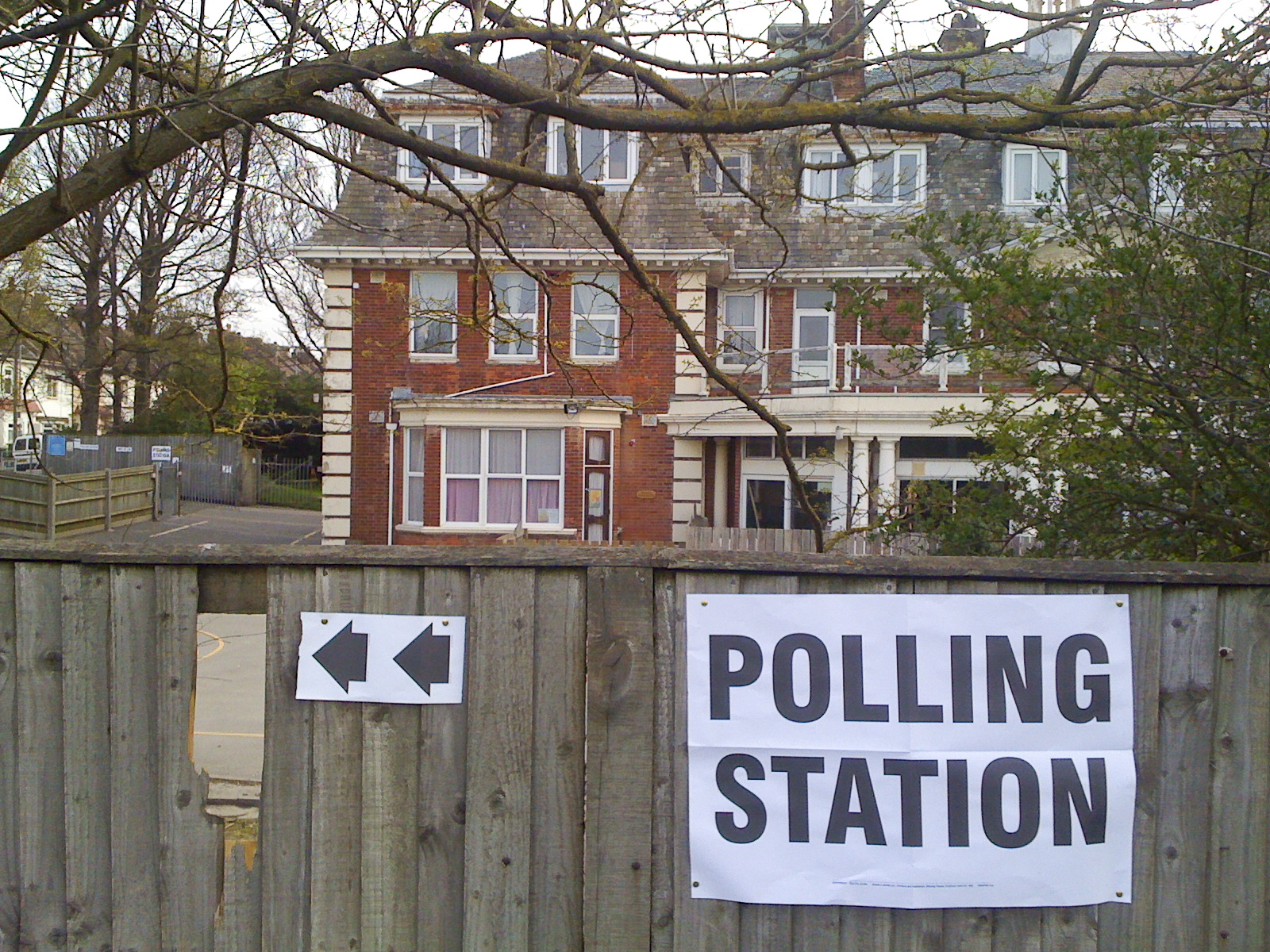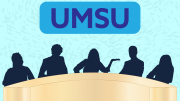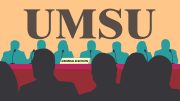On Dec. 6, UMSU’s governance committee put forward a motion that will radically change how UMSU operates its community groups.
Currently, all students are assigned a levy in addition to their general fee that goes toward supporting marginalized groups on campus. The fees from this levy are passed on to community groups — in UMSU’s case the University of Manitoba Indigenous Students’ Association, Rainbow Pride Mosaic, Accessibility Centre and Womyn’s Centre — with the mandate of providing programming and a safe gathering space for their members.
However, community groups have generated much discussion in this publication ever since UMSU’s decision two years ago to centralize its groups under one co-ordinator instead of one per group. The goal of UMSU’s move two years ago was to make for a more efficient allocation of resources by combining the funding that went to four part-time positions into one full time one, leaving more money left over for the groups.
Given the recent addition of the Accessibility Centre, and the limited funds associated with the levy, the desire made sense — but it was met with resistance from some of the groups themselves, who felt a single co-ordinator could not accurately represent all groups’ interests, especially if the co-ordinator did not identify as belonging to all groups.
The initial concerns over representation have not subsided and many feel UMSU still plays an overly interventionist role in the groups, including maintaining control over each group’s bank account.
Meanwhile, international students have been calling for an additional group to represent their interests and the addition of a mature students’ representative to UMSU’s board may foreshadow the eventual initiation of a mature students’ community group. Even still, UMSU lags behind several other student unions by lacking a board representative and group for racialized students.
Initiating community groups for any or all three of these communities would be a worthy endeavour, but a costly one. Community groups are funded through a restricted levy, any funding increases beyond inflation to the levy would require a referendum of the student body, in a time where students are facing the largest tuition increases in Western Canada since 2012. Therefore, without a referendum, any additional community groups would take away funding from existing groups.
Given the need for increased representation of marginalized communities and its inherent relationship to the need for increased funding, UMSU is facing a difficult situation.
Perhaps the best solution is to stop trying to represent them.
By that I don’t mean cutting supports for marginalized communities. What I mean is UMSU’s current system — like the models used at most schools across Canada — equates to the student union attempting to create pathways for marginalized students, but insisting they construct them, pave them, clean them and monitor them, every step along the way.
It is a troublingly paternalistic treatment of communities that have been traditionally deprived of autonomy on our campus and in society and a counterproductive approach that is neither adequately representative nor fiscally efficient.
The proposal before UMSU’s board is radical within a student union context, but quite simple. If the goal of our existing levy is to redistribute student funds to support marginalized communities, we ought to ensure that funding is distributed as directly as possible.
Under the new proposal, existing community groups will be converted into regular student groups and the restricted levy will be incorporated into UMSU’s unrestricted general budget and allotted into “community initiative funds.” This funding will be made available to any student or student group that applies for funding for an initiative to better their community. The efficacy of each request will be voted on at town hall meetings open to anyone who identifies as a member of the given community and chaired by the respective elected UMSU community representative.
Financially, this new system will allocate an additional $18,000 toward marginalized communities and include the addition of an international students’ community initiative funding, as well as leaving the door open to more community initiative funding groups.
More importantly, it will give autonomy back to the communities over their own programming. Only members of each community will have a say on how their community initiative funding is spent and existing community groups, though converted to student group status, will keep their spaces, have access to a broader funding pool and control their own bank account. This increases autonomy and increases potential for multi-year investments and projects.
Perhaps the largest beneficiaries of this new model would be student groups focused on the betterment of a marginalized community but without community group status such as Justice for Womyn, the Muslim Students’ Association, the Métis Students’ Association and many more. These groups act similarly to community groups but have a funding limit of just $1,500, while community groups receive approximately $13,000.
While community groups often do great work with their budgets, it is unfair to demand that any student who wants to make a difference in their community must do so by joining the UMSU-regulated group. In the new model, any group or individual is eligible for community initiative funding, so long as their initiative is deemed worthy by their community.
Unlike many motions I’ve brought forward to UMSU, I care little if this one passes as written. While I think it would be beneficial, the most important part of this project has been creating a model that provides communities with as much autonomy as possible.
We have held consultations with a number of student leaders, community groups and student groups and will continue to do so as communities have the opportunity to provide further feedback until the motion is voted on at the Feb. 7 meeting.
Throughout this country, at this university and certainly within UMSU — including this year — we have too often tried to represent the best interests of marginalized communities rather than allow them to represent themselves. While I recognize that I, and the organization I lead, have a long way to go in rectifying this, it is my hope that this is a start.





